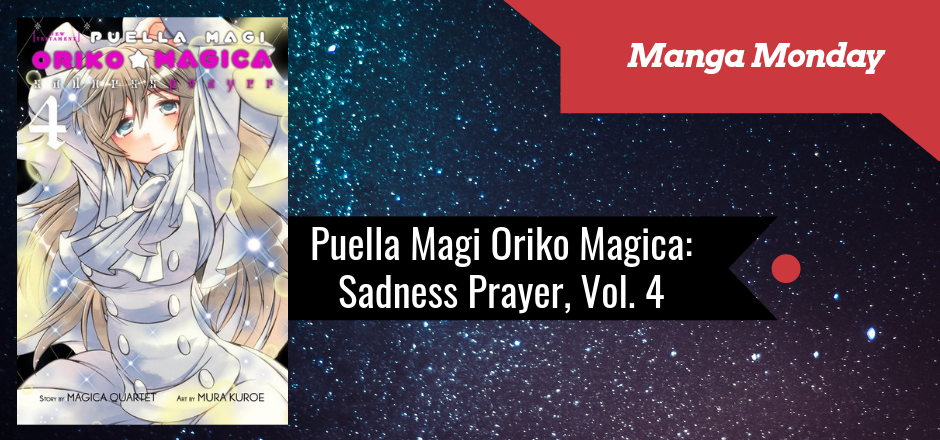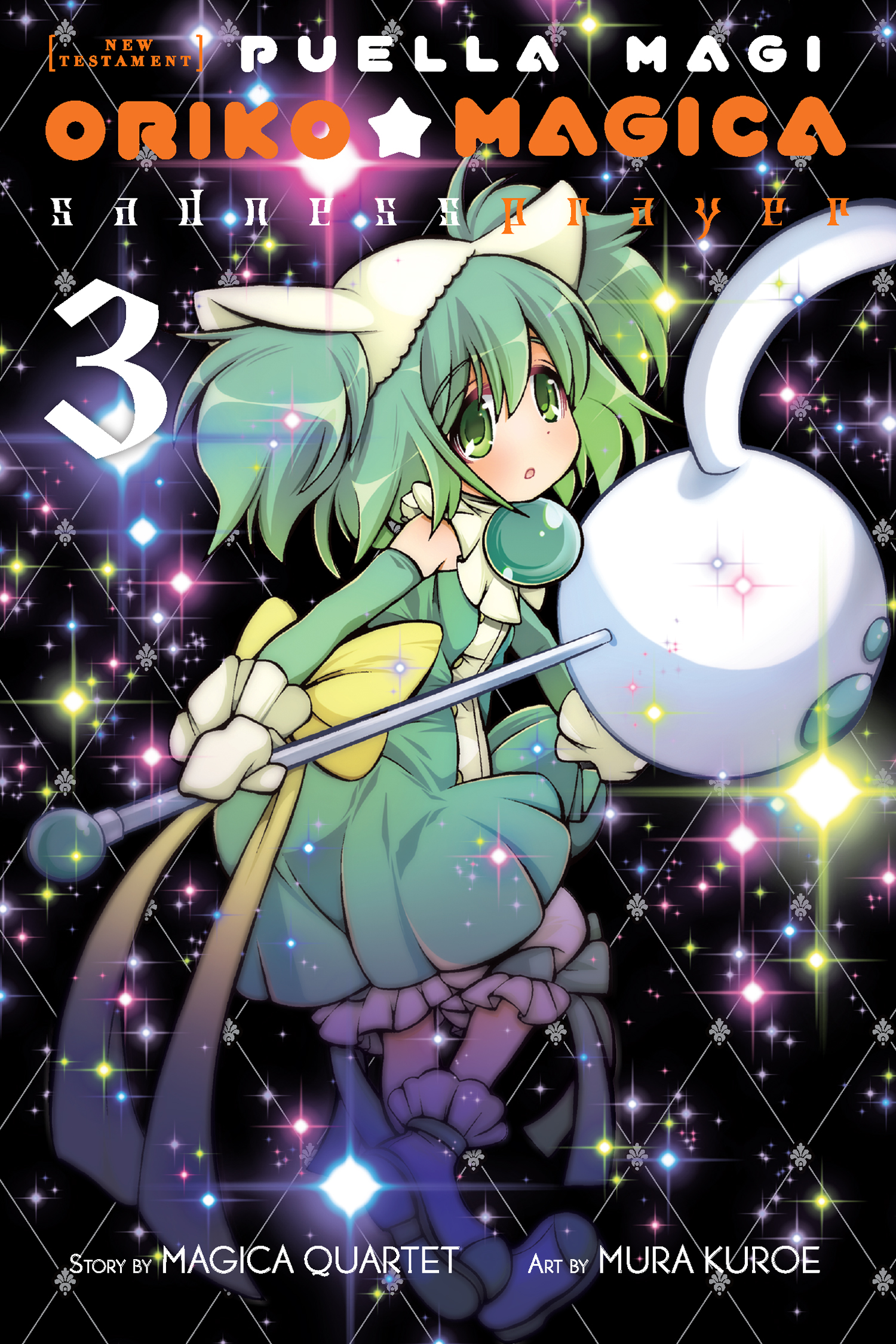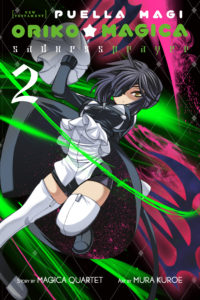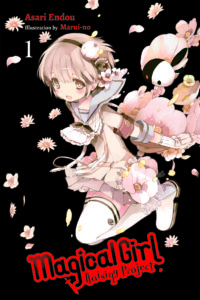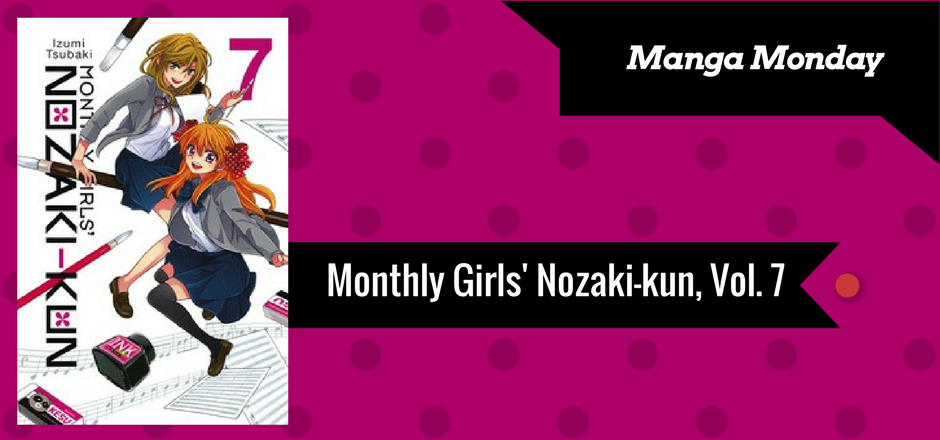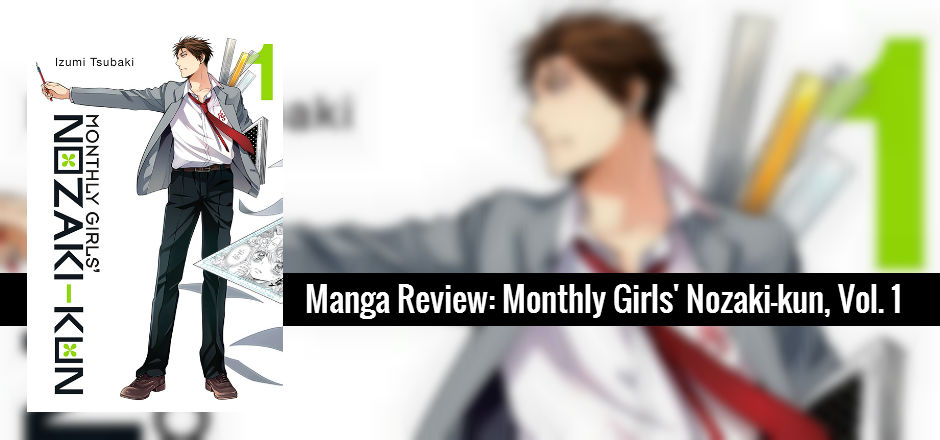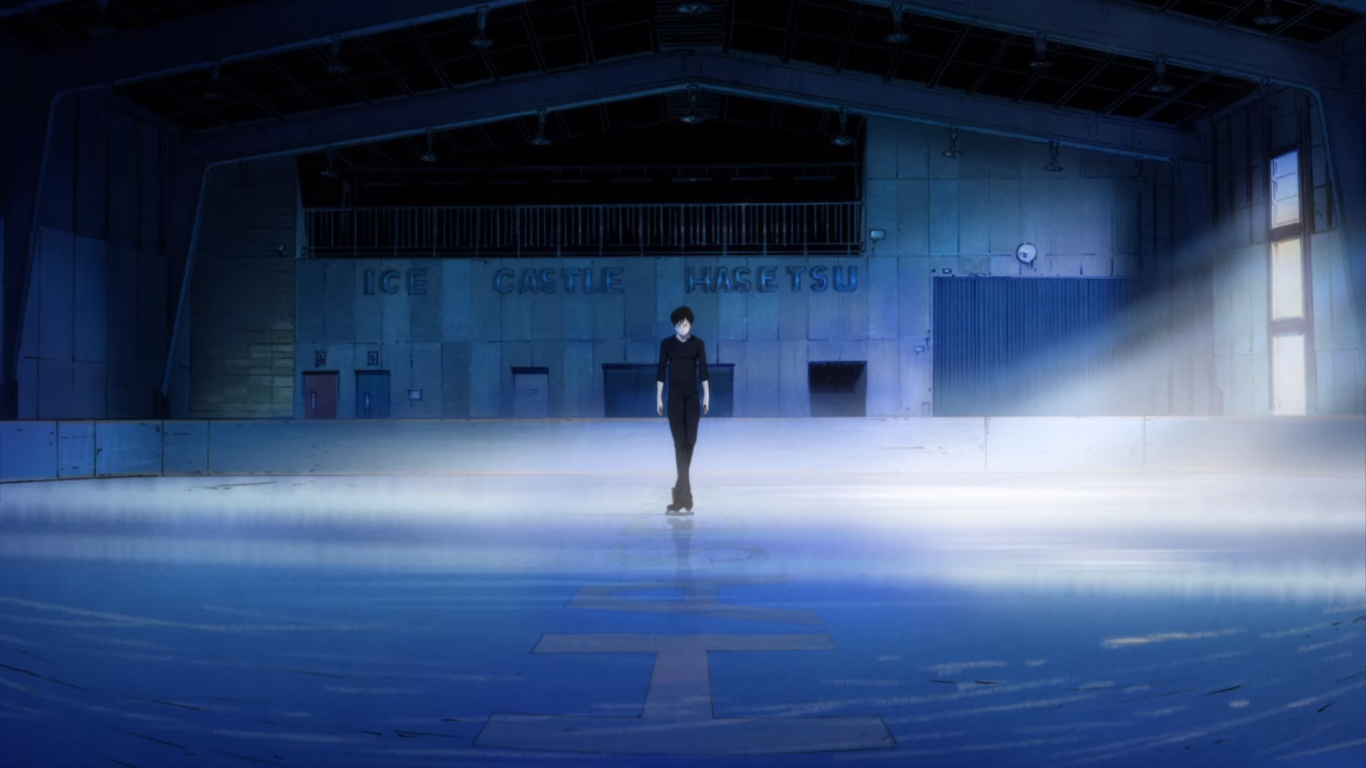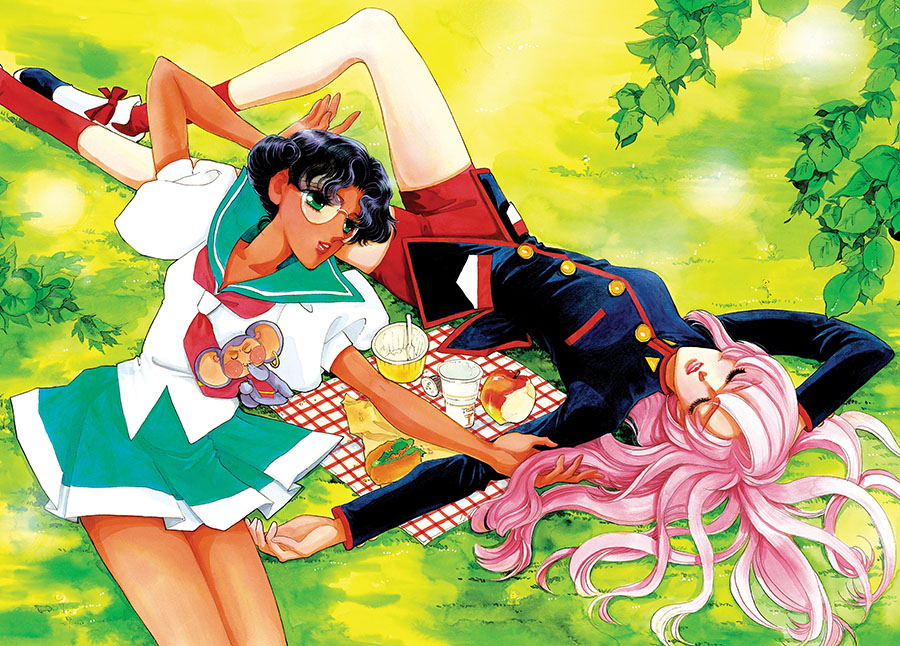From the publisher:
Since her transformation into a magical girl, Kirika has served as Oriko’s muscle, sparing her the trouble of battling witches—and other magical girls—herself. Little did Oriko know that Kirika was also protecting her from a terrible secret, one that will shake Oriko to her core. As past and present sins press against her, will Oriko’s resolve stand firm?

Oriko Mikuni’s story concludes in the most recent volume of Sadness Prayer. After taking a near-fatal blow in Volume 3, Kirika is critically injured and in Oriko’s care. Meanwhile, Mami has deduced the true identity of the murderous magical girl in black as well as Oriko’s role in the magical girl deaths plaguing Mitakihara. As the inevitable conflict between Mami’s faction and Oriko herself draws closer, Oriko must decide for herself what she holds most dear—and how desperate she is to stop Walpurgisnacht.
The final volume of Sadness Prayer will be satisfying for readers who started the manga after watching the Madoka Magica anime. Volume 4 ties most strongly into the main plot of the series: while readers who watched the anime know this is one of the timelines in which Homura was unable to stop Madoka from being killed or turning into a magical girl, Volume 4 finds Oriko managing to achieve the one goal she had from Volume 1: to kill Madoka Kaname and prevent Walpurgisnacht.
But as one of those readers myself—and a reader especially attached to Homura and Madoka—this volume of Sadness Prayer managed to make me feel satisfied about Oriko’s journey and her success in the goal she had set for herself. While I didn’t feel much for Oriko in the first two volumes, she became more likable and interesting starting in Volume 3, and the very real affection she’s shown to have for Kirika in Volume 4 makes her a lot more relatable and sympathetic as an antihero. Since one of the great appeals of the Madoka Magica series is the young female antihero quality—in Homura in the main series and in Oriko in Sadness Prayer—this manga’s conclusion feels like a good fit.
Once again—for the final time, I promise—I do have to mention the really low quality of the art. While most of the lookalike characters have disappeared or been killed off by Volume 4, the art’s quality hasn’t increased over the course of the series, and the male gaze is especially prevalent in Volume 4 as it was in Volume 3. It’s distracting at times, disturbing at others, and generally makes for a less-than-pleasant reading experience.
Indiebound | Goodreads | RightStuf
Barnes & Noble | Books-A-Million
This review contains affiliate links. While Girls in Capes does make revenue from purchases made at affiliate links, reviews are not paid, and all reviews contain the staff writers’ honest opinions of the work.
